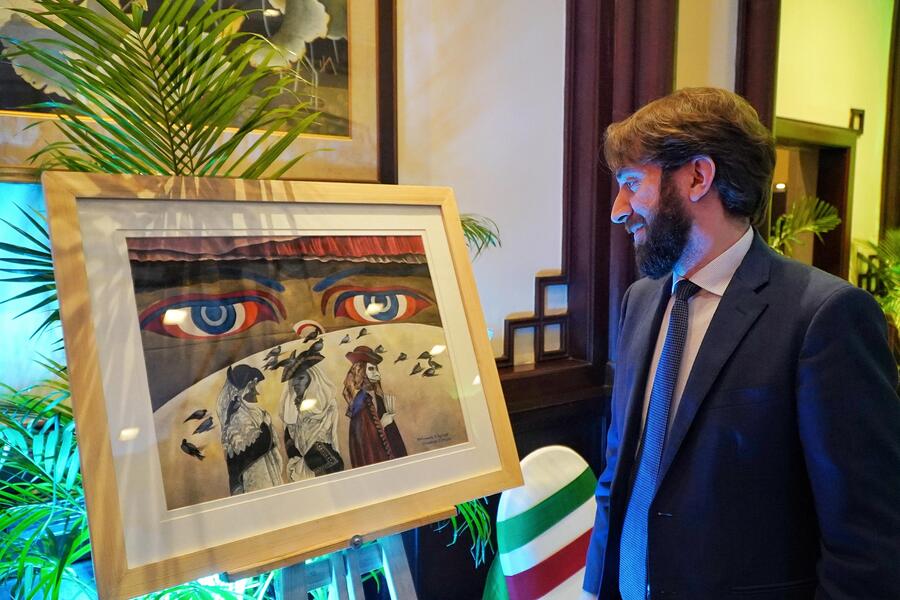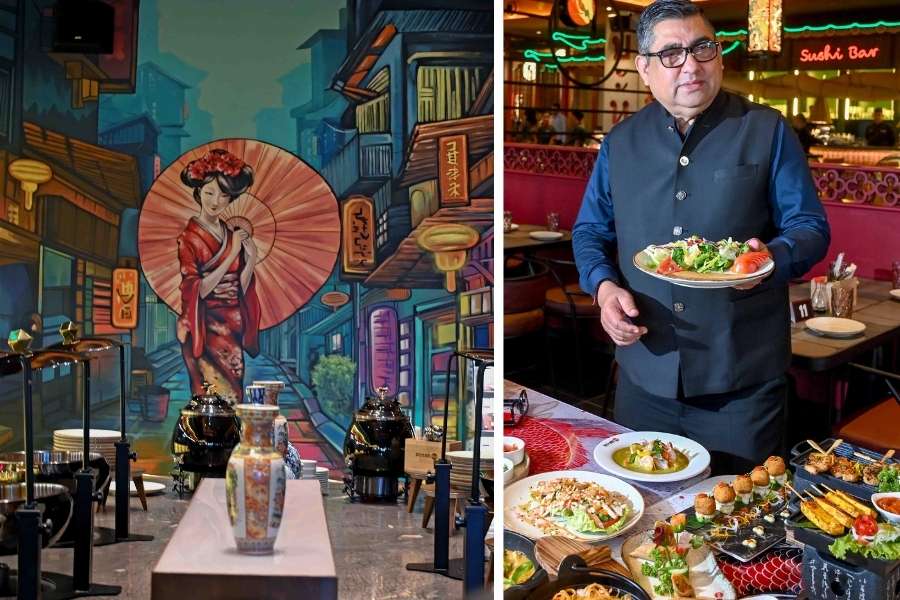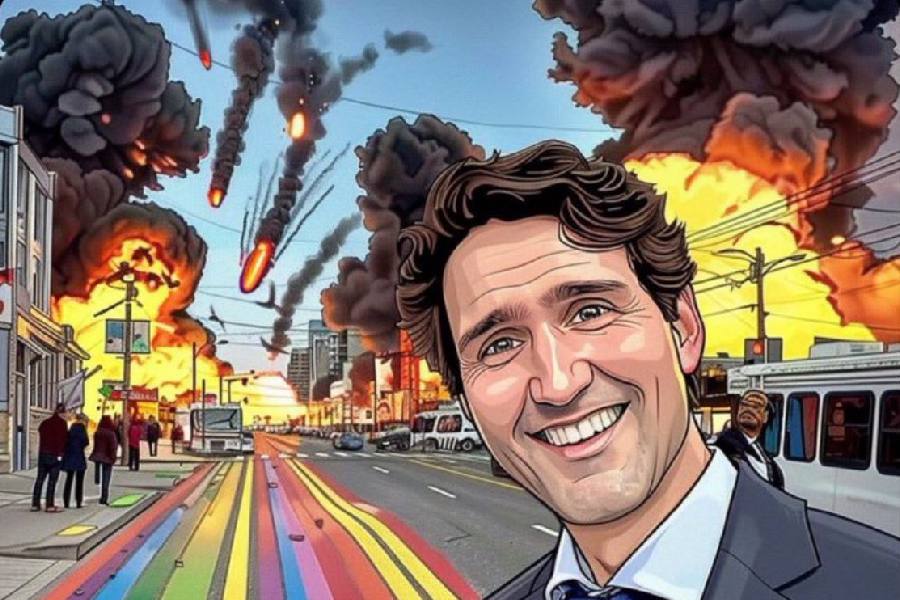 Wednesday, 08 January 2025
Wednesday, 08 January 2025
 Wednesday, 08 January 2025
Wednesday, 08 January 2025
Like many things related to the Mughals, the term Sheesh Mahal – literally, palace of mirrors – has become part of political mudslinging in India thanks to the BJP.
In poll-bound Delhi, BJP chief Virendra Sachdeva on Monday claimed that a Comptroller and Auditor General (CAG) report of 2022 cited an expenditure of Rs 33.66 crore on the "Sheesh Mahal" AAP leader Arvind Kejriwal had built as Delhi chief minister but the actual cost was far higher.
To be clear, Sheesh Mahal is the term that leaders of India’s ruling party have chosen for the 6, Flagstaff Road residence in north Delhi of Kejriwal when he was the CM.
“There is no revelation on expenses of 2023 and 2024 and, according to our information, the real cost runs up to Rs 75-80 crore if the inventory of the items in the bungalow is included," Sachdeva claimed.
Hitting back, AAP leader Sanjay Singh termed it as a classic diversionary tactic by the BJP and claimed that the saffron party had lost the narrative war in the run-up to the Delhi Assembly elections.
Singh said that the CAG report comes in a sealed cover and has yet not been tabled in the Assembly. The BJP is using "forged" documents to push its narrative, the AAP Rajya Sabha MP alleged.
Sachdeva is not the only one; Prime Minister Narendra Modi also took a jibe at Kejriwal, saying the AAP leader built a "Sheesh Mahal" instead of paying attention to Delhi's public infrastructure. Others who have hurled the Sheesh Mahal jab include Union home minister Amit Shah.
"The talk of Sheesh Mahal does not behove a person who has built a Rs 2,700-crore house for himself, travels in a Rs 8,400-crore airplane and wears a Rs 10-lakh suit," Kejriwal shot back at Modi.
But what exactly is a Sheesh Mahal?
“Sheesh Mahals have beautifully lit interiors and the idea of light is very closely tied to opulence,” Urvi Mukhopadhyay, professor at West Bengal State University, told The Telegraph Online.
Mukhopadhyay is the author of the book, The ‘Medieval’ in Film: Representing a Contested Time on Indian Screen (1920s–1960s).
The interplay of light and mirrors – the sheesha in the Sheesh Mahal – not only creates a sense of grandeur but also draws from Sufi principles where light symbolises power, glory and divinity, she explained.
“Actually,it represents a narcissistic idea of beauty,” Mukhopadhyay added.
She highlighted how the Mughals, particularly after Akbar, used light and water as metaphors to equate themselves with divine power.
According to Mukhopadhyay, whose area of research is society in early medieval India, it replicates the paradise imagery, which is central to Mughal art.
The Sheesh Mahals in Agra, Patiala and Jaipur are architectural marvels, very similar to the Sheesh Mahal in Lahore Fort, now in Pakistan. These structures were adorned with mirror work, reflecting light in mesmerising patterns. There are also Sheesh Mahals in Rajasthan’s Amer Fort and in the Orchha Fort in Madhya Pradesh.
For the Mughal emperors, these palaces symbolised power and splendor. It symbolises the same for the politicians now.
The Sheesh Mahal’s location within the inner chambers of palaces also holds a political significance, Mukhopadhyay noted.
It can also serve as a metaphor for challenging authority, as seen in the classic Hindi film Mughal-e-Azam.
In the film, the Sheesh Mahal becomes a stage for confrontation, particularly in the iconic scene where Akbar’s reflection in the mirrors symbolises his omnipotence, only to be interrupted by Anarkali’s defiance during Pyar Kiya To Darna Kya.
“The multiple reflections represent not just his power but also his vulnerabilities as they are challenged by Anarkali,” Mukhopadhyay explained.
Shah Jahan, who commissioned the Taj Mahal, was also the mastermind behind the Sheesh Mahal at the Lahore Fort. The palace was a private retreat for the emperor and his queens.
Ergo, the BJP’s use of Sheesh Mahal takes aim at what the party calls Kejriwal’s opulence.
And the ultra-sensitive ears of those opposed to the BJP might also hear a dog whistle in the term associated with the Mughals being recycled.







